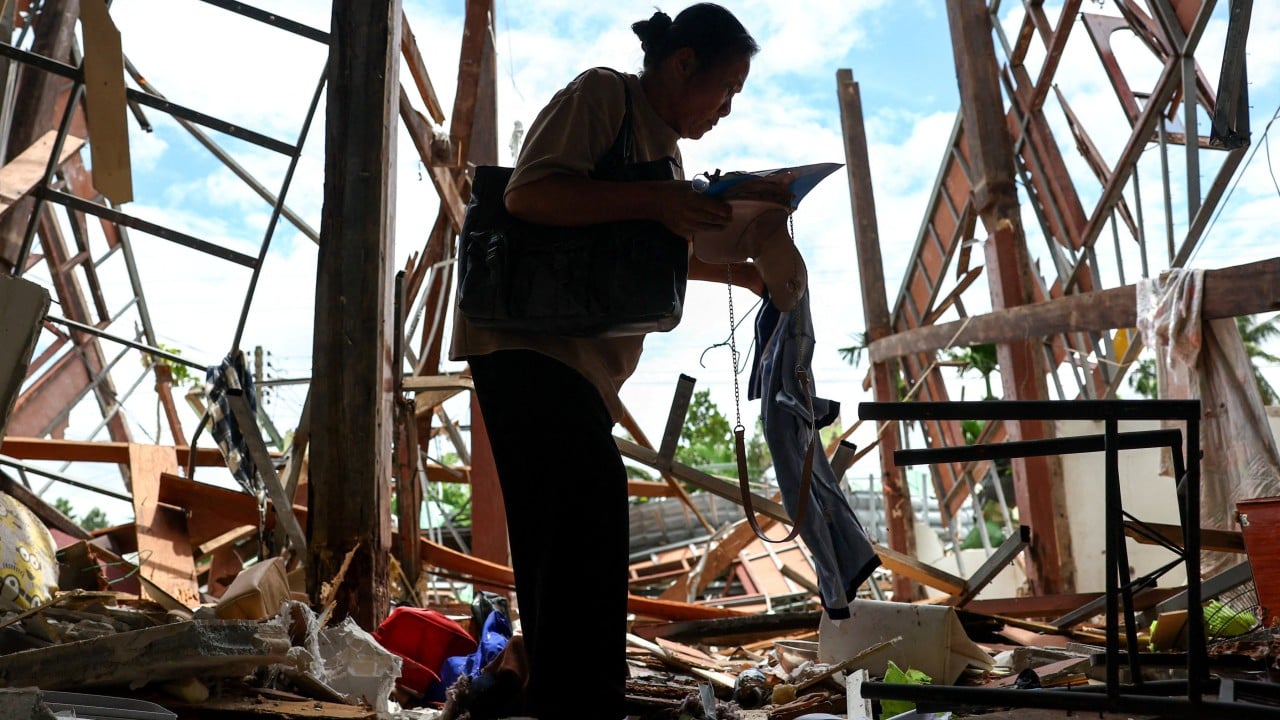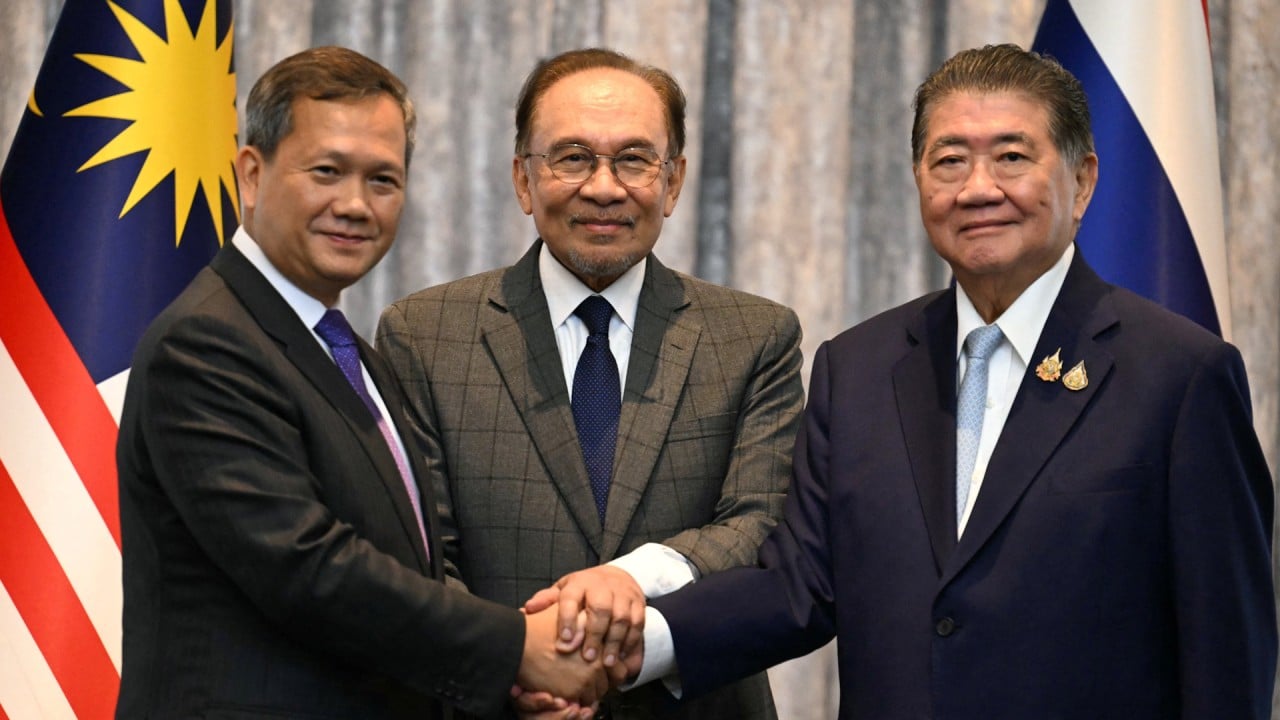The unconditional ceasefire agreed to by Thailand and Cambodia that came into force from midnight on Monday is to be cautiously welcomed, and current Association of Southeast Asian Nations (Asean) chair Malaysia is to be commended for enabling this truce.
Advertisement
China and the United States also played a role in nudging the two Southeast Asian neighbours to end the unexpected escalation in a military conflict over a disputed border that saw the use of fighter jets, drones, tanks and artillery guns.
The Cambodia-Thailand conflict has its roots in the colonial borders drawn by France, which occupied Cambodia until 1953. While Thailand has contested this arbitrary demarcation, so far it has not tried to change the border through military force. The border of more than 800km (500 miles) has seen periodic skirmishes, especially over some temples seen as sacred to people on both sides.
In 1962, the International Court of Justice (ICJ) ruled in Cambodia’s favour in its complaint over the ownership of the Preah Vihear temple. Violent clashes erupted near the temple in 2011, resulting in about 20 deaths and thousands of people being displaced. Cambodia again referred the matter to the ICJ that year, with the court upholding its earlier ruling and awarding Phnom Penh control of the immediate area around the temple in 2013.
A Cambodian soldier died during a skirmish in an unmarked border area in May, making bilateral relations even more combustible. Domestic politics and nationalist sentiment only heightened tensions.
The Thai military has played a major role in the country’s domestic politics since the first coup of 1932 that ushered in a constitutional monarchy. Ever since, the Thai military has seen itself as the principal guardian of national sovereignty and the monarchy, and it has had a frosty relationship with pro-democracy political parties.
Advertisement


